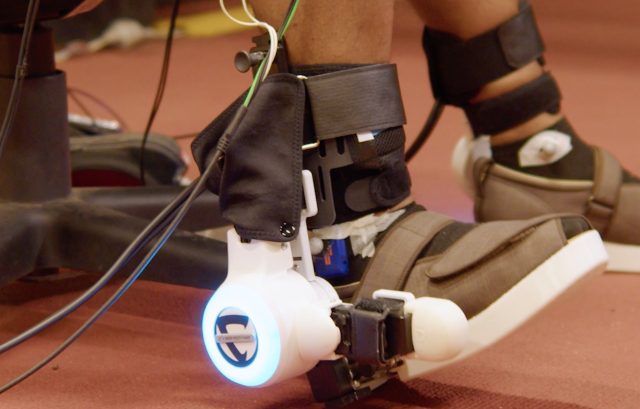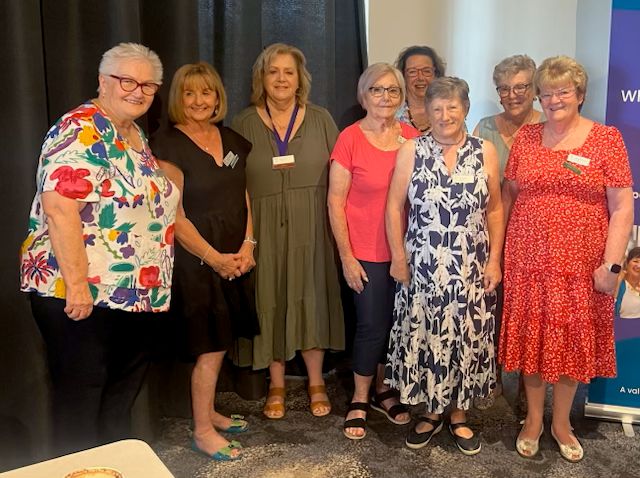Researchers at Victoria University’s Institute for Health and Sport are using motorised mechanical devices attached to an individual’s body to assist movement, known as Exoskeletons, to help the elderly, people with physical injuries or neurological conditions improve their mobility.
VU said they have been working for nearly a decade on research that will allow wearable exoskeletons to replace centuries-old mobility aids such as wheelchairs, walking frames or canes, using gait biomechanics, robotics, computational intelligence and wearable sensors.
Researchers Professor Rezaul Begg and Dr Hanatsu Nagano are currently conducting research with world-leading Japanese company, CYBERDYNE which developed the world’s first wearble cyborg, the Hybrid Assistive Limb (HAL) exoskeleton.
HAL works by identifying and anticipating an impaired person’s residual muscle activation commands as ‘micro-electricity’ through a sensor attached to the wearer, which then operates an external robotic device attached to the non-functioning limb.
If attached on an ankle, for example, it can use the micro-electricity signal to precisely control the exoskeleton’s required timing and ankle movement to walk.
“In short, it understands the wearer’s intention and assists him or her to reproduce the intended move,” Professor Begg said.
With repeated training, the device could affect a wheelchair-bound patient’s brain neuroplasticity, helping to reconnect signals between their damaged nervous system and limbs to improve or even restore motor function.
“Using exoskeletons for technology-assisted rehabilitation is already happening around the world,” Dr Nagano said.
“VU’s research with our Japanese partners is laying a foundation for clinical applications in Australia.”







